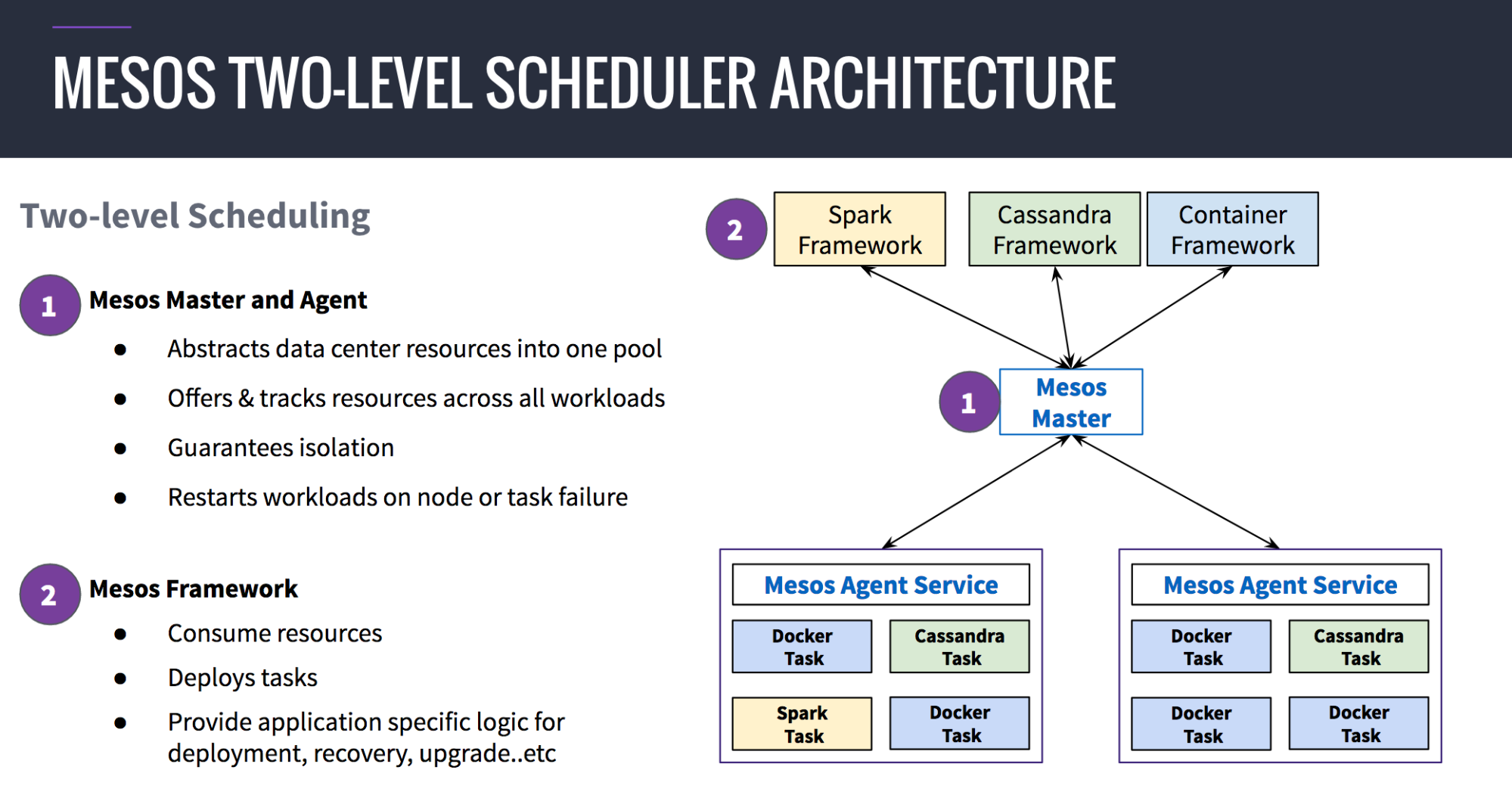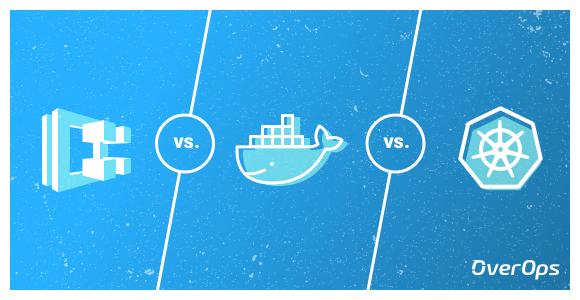


The software that hosts the containers is called Docker Engine. The service has both free and premium tiers. It was first started in 2013 and is developed by Docker, Inc. These containers provide a means of enclosing an application, including its own filesystem, into a single, replicable package. Here, in this post, we explore the differences between these two platforms.ĭocker is an open-source virtualization technology known as a containerization platform for software containers. Both are fundamentally different technologies but they work very well together, and both facilitate the management and deployment of containers in a distributed architecture. Kubernetes and Docker are both comprehensive de-facto solutions to intelligently manage containerized applications and provide powerful capabilities, and from this, some confusion has emerged. Kubernetes and Docker is a phrase that you hear more and more these days as Kubernetes becomes ever more popular as a container orchestration solution, and Docker as a standalone application which can be installed on any computer to run containerized applications. Also, it allows for more than one application to be running the same server, maximizing server resource.

With containers and container management platforms, applications can be scaled, load balanced and protected against failover almost automatically. Allowing for applications to become encapsulated in self-contained environments comes with a slew of advantages, such as quicker deployments, scalability, and closer parity between development environments. Isolation is done on the kernel level without the need for a guest operating system, so containers are much more efficient, fast, and lightweight. Containers and container management platforms provide a lot more advantages over traditional virtualization.


 0 kommentar(er)
0 kommentar(er)
